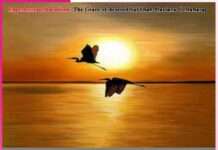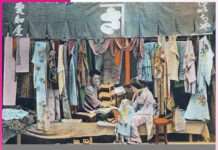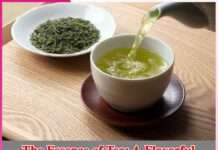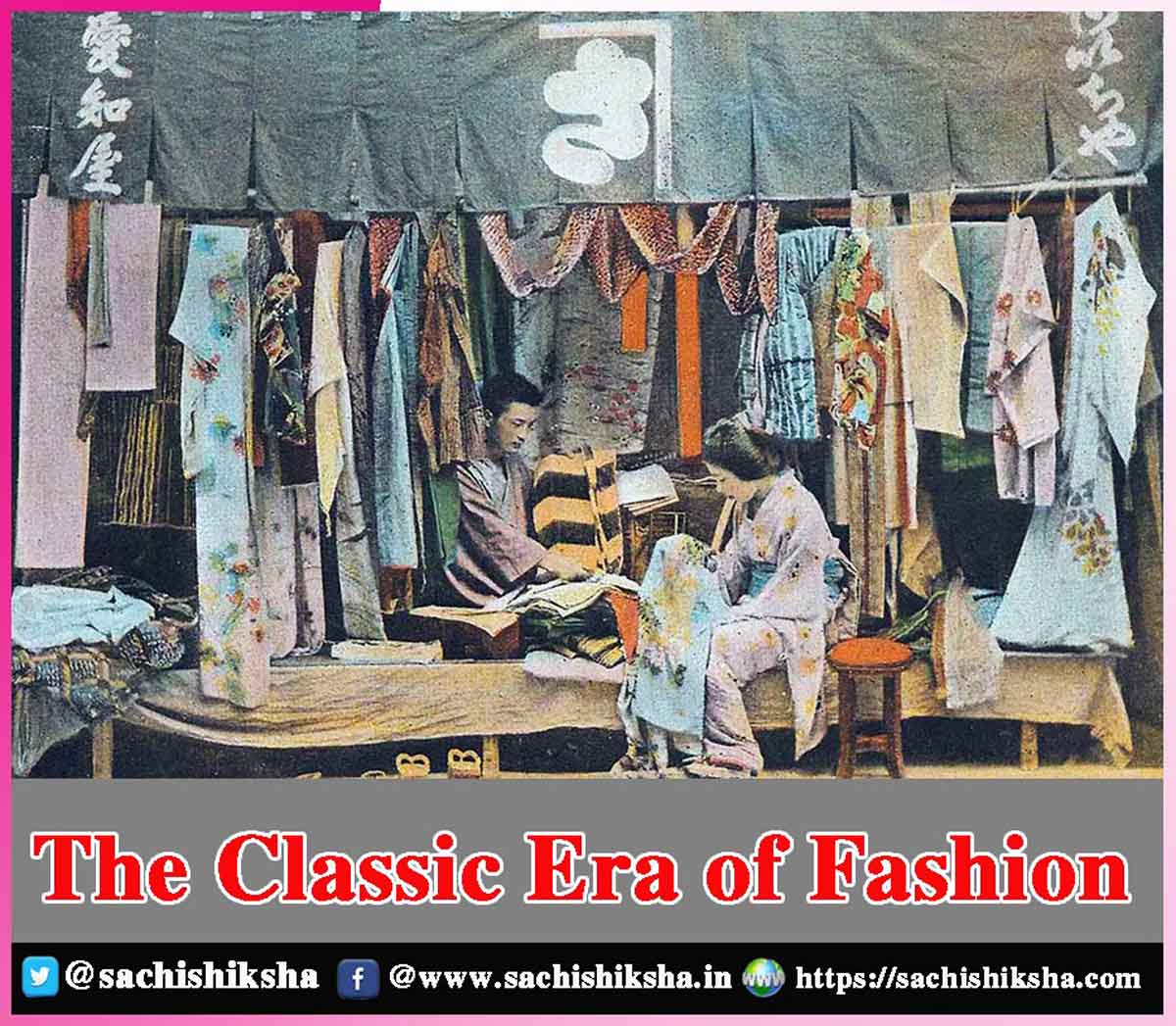The Classic Era of Fashion
Introduction: Fashion has an immense heritage. It came around Ancient Times and contributed to significant developments, growing century after century till this present day. The twentieth century witnessed the most drastic transformation of fashion from one decade to the other.
It was during this period that the world’s finest designers and major designers have seen the light creating innumerable famous pieces and creating patterns to which fashion researchers and experts still refer today. The rise of globalization technology, networking sites, and emerging designers have all contributed to the rapid change of the fashion industry in the twenty-first century.
Table of Contents
A Timeless Style
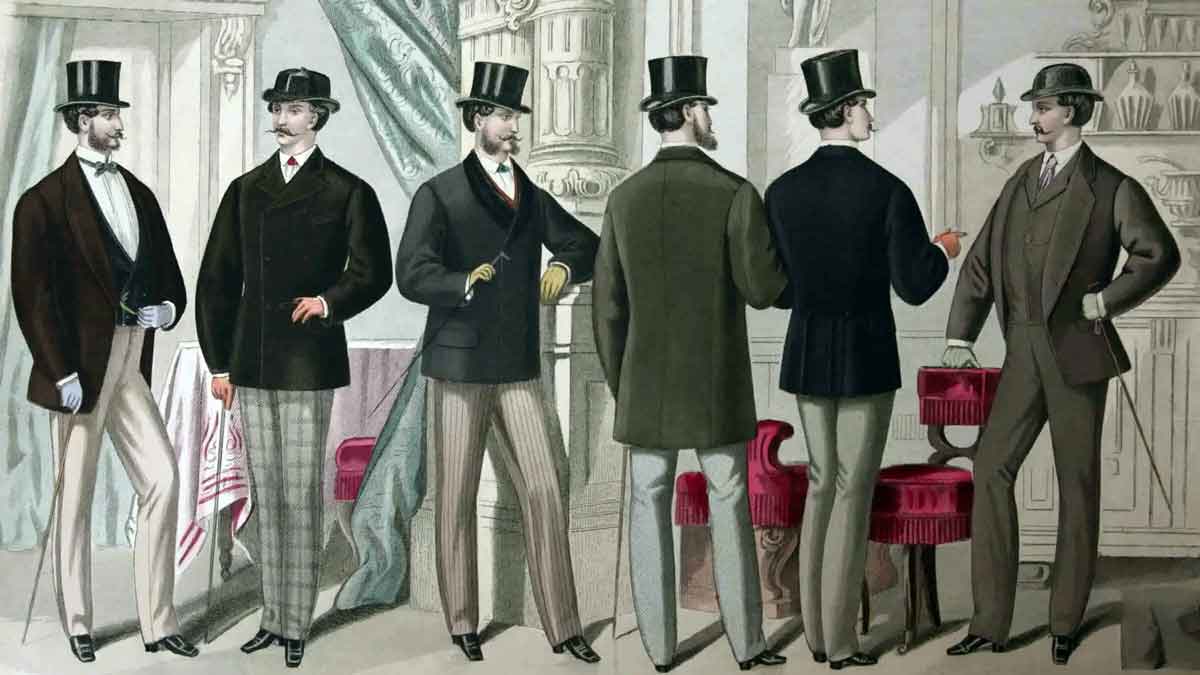
Classic style has existed for millennia, as evidenced by historical records. Coco Chanel introduced it in the 1920s, and it has remained a fashion classic ever then.
Classic style is commonly linked with the upper class and elite, however it may be worn by everyone.
Major Elements of Classic Style
- Classic Colour: The classic style relies heavily on color schemes like black, white, beige, and blue. These colors are classic and suitable for all seasons.
- Customized Pieces: Classic style is all about well-fitting and body-flattering garments. This comprises blazers, pants, and skirts. These pieces are crafted of the fabrics of the highest quality and are meant to last for years.
- Minimalist Accessory: Pearl earrings, gold bracelets, and leather handbags are examples of minimalist accessories in classical style. These pieces of jewellery are basic but charming, and they may be used with any ensemble.
- Classic Hairstyles: Classic style is defined by everlasting hairstyles like the bob, pixie cut, and chignon. These hairstyles are simple but stylish, and they may be worn by ladies of any age.
- Natural Makeup: Classic style focuses on natural makeup that complements the natural beauty of the face. This comprises neutral eye shadows, plain lipsticks, and a little of blush.
Audrey Hepburn’s little black dress, Jackie Kennedy’s pillbox hat, and Grace Kelly’s Hermes purse all embody timeless design. These accessories have endured the test of time and remained stylish today. Classic style is not simply a fashion trend, but a lifestyle.
Background of Classical Fashion
When it is about fashion, certain trends come and go while some are everlasting. Classic fashion is one of the few styles that never go out of style. Yet where does traditional fashion come from? What differentiates it from other trends? Following is the history of Classical Era of Fashion.
- Classic fashion has its origins in the beginning of the 20th century. During this time, women’s fashion was distinguished by simple, stylish designs that stressed comfort and utility. Long skirts, high collars, and fitting coats were among the popular trends.
- In the 1950s, traditional fashion made a revival. This was attributed in addition to the popularity of Hollywood Cinema, which featured attractive and elegant looks. Women began to wear gowns with nipped-in waists, full skirts, and tailored coats.
- Classic fashion evolved during the 1960s and 1970s. Women’s attire became more informal focusing on ease and utility. However, timeless pieces like tailored shirts and A-line skirts stayed fashionable.
- Today, classic fashion is an increasingly common choice for men and women of every age group. Many outfits include classic pieces like trench coats, blazers, and basic dresses. Classic fashion’s success stems from its everlasting charm and adaptability.
Adaptability
One of the distinguishing features of classic fashion is its capacity to outlast trends. While other trends come and go, classic items stay popular year after year. For example, a basic black dress can be dressed up or down according to the event. This adaptability makes classic fashion an efficient and timeless addition to any collection.
Colour Choice
The color palette is an essential component of traditional style. Black, white, beige, and blue are examples of neutral colors that define classic style. These colors are classic and suitable for every season. The goal is to get an easygoing and stylish look that isn’t overly dazzling or over the top. The color choice reflects the classic style’s emphasis on subtle beauty.
Quality Material
High-quality materials are also an important aspect of traditional style. Classic style is about investing in timeless things that will last for many years. This involves selecting fabrics that are long-lasting, comfy, and sumptuous. Silk, cashmere yarn, and wool are great selections for classic style since they are both pleasant.
Fitting
Fittings are another essential component of classic style. Classic style emphasizes crisp lines and a fitted fit. Clothing should fit comfortably without being excessively tight or baggy. The goal is to achieve a look that is both easy and chic, without being overly flashy or over the top.
Creating a Classic Wardrobe
As we work to create a classic wardrobe, it’s crucial to keep in mind that timeless clothes transcend trends. Classic designs are adaptable, sturdy, and stylish, and they will never go out of style. Creating a wardrobe that represents this style necessitates a deliberate strategy that values quality above quantity.
Certain individuals may think that traditional fashion is stuffy, or dull. However, the contrary is true. Many modern fashion trends are based on classic styles. They are the foundation for unique wardrobe selections that may be adjusted to any person’s individuality. Whether you’re a conservative who loves having a restricted wardrobe, or you enjoy mixing and matching pieces to create unique outfits, classic fashion is always in trend.
Creating a classic wardrobe is an important step in developing a permanent sense of style. You can build an outfit that will last for years by focusing on quality rather than quantity and acquiring adaptable, durable pieces. Remember to choose neutral colors, modify your outfits, and don’t be hesitant to spend more on particular items. With these suggestions in mind, you’re going to be well on the path to constructing a timeless wardrobe.
As an Approach of Living
Classic style is more than simply a style trend; it’s an approach of living. It is about purchasing high-quality items that will last and can be used in an array of ways. It is about appreciating simplicity and subtle beauty rather than following the current trends and fashions. Classic designers and their timeless styles have inspired decades and will keep continuing to do so. By adopting the example they set, we can all appreciate the elegance and clarity of classic style while putting our own stamp on it.
Conclusion
In conclusion, the key aspects of classic style are timeless, elegant, and subtle. The color scheme is neutral, the fabrics are of excellent quality, the finishing touches are simple yet attractive. By incorporating these crucial aspects, you may create a classic appearance that will never go beyond style.









